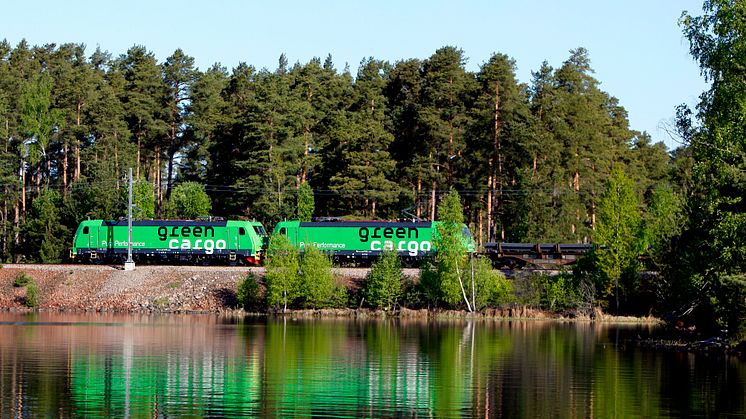Jan Kilström to leave Green Cargo for a CEO post in another industry
After five years as the CEO of Green Cargo, Jan Kilström has decided to leave the company to take up a new CEO assignment in the autumn.
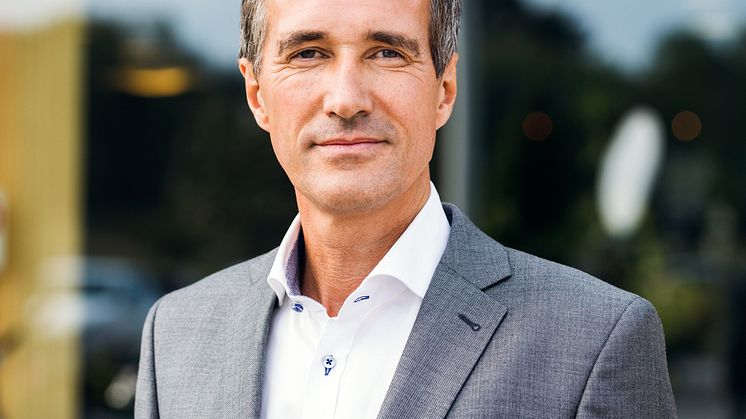
After five years as the CEO of Green Cargo, Jan Kilström has decided to leave the company to take up a new CEO assignment in the autumn.

Green Cargo invests in another six Transmontana Co-Co locomotives. The Co-Co locomotives can pull about twice as much as a conventional RC locomotive and will be delivered in autumn 2019.
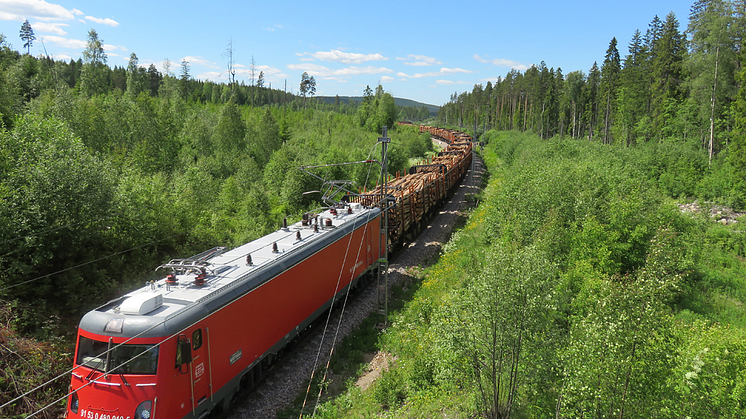
Green Cargo and Yilport have signed a three-year agreement covering rail shuttles between Granudden and Fredriksskans, where Yilport – Gävle’s container terminal – is located. The service began in mid-February and runs seven trains a week.

There is considerable market demand for international rail shuttle services. Green Cargo and the Belgium firm, Lineas, have increased the number of train departures on the popular direct route, Belgium Direct, between Sweden and Belgium for existing and new customers. On January 12, the fourth shuttle started between the countries and volumes on the trains is increasing.
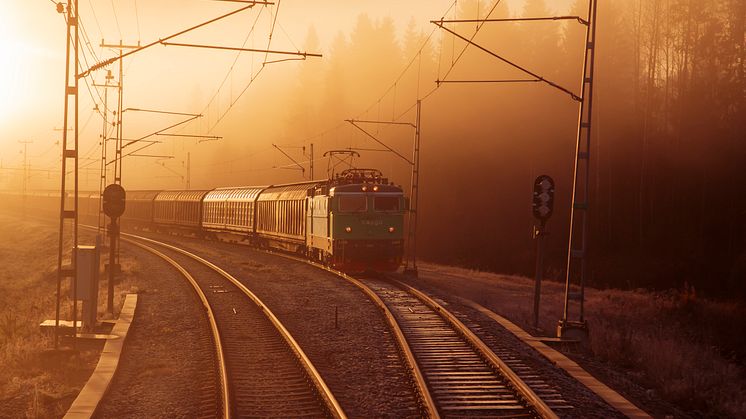
Green Cargo has decided to exit the joint venture DB Cargo Scandinavia, which mainly handles transit traffic through Denmark for its owners Green Cargo and DB Cargo. The decision is due to the owners being unable to reach agreement on certain issues, primarily concerning pricing.
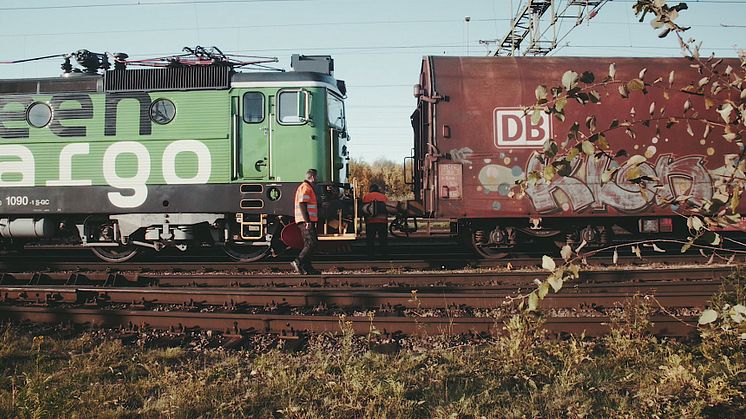
It has been eight years since Green Cargo transported the first delivery of wood chips to Söderenergi’s new fuel terminal in Nykvarn. We are now gearing up the partnership with Söderenergi by changing to larger XXXL containers. We are decreasing the number of trains without reducing volumes.
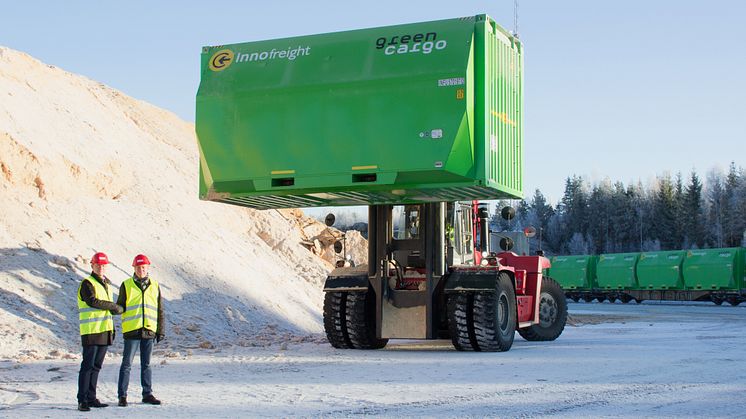
Green Cargo and St1 have had a close partnership for 20 years. They are now extending the agreement that enters into force on January 1, 2018, for a further three years with a two-year option to extend. Transportation is via Green Cargo’s single-commodity trains, which provide a moving logistics warehouse between the refinery and the depot.
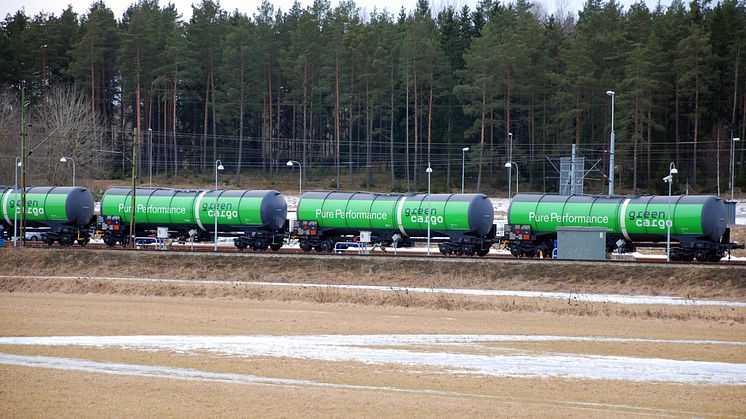
Every year, via its Italy Direct route, Green Cargo transports around 200 large wagons of wine from Italy and 300 smaller wagons of wine from Malmö to Stockholm in collaboration with Scanlog, Scandinavian Logistics Partners AB.

CEO Jan Kilström rode on a locomotive when Eskilstuna’s new marshalling yard opened on Monday. The yard represents a clear investment in line with the company’s growth strategy.

Green Cargo has a long-standing partnership with Stora Enso Bioenergi and Trätåg for transporting biofuel from several locations to combined heat and power (CHP) plants in Sweden. In 2018, Green Cargo will operate from Sveg and from a new loading site in Hällefors to Fortum Värme’s CHP plant in Värtan, the world’s largest such plant in an urban environment.
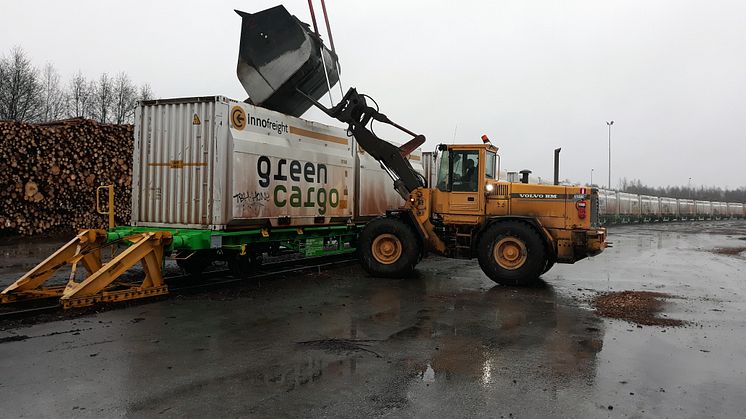
In December, new three-year agreements enter force between Green Cargo, Grenland Rail, Moelven and BillerudKorsnäs for sustainable deliveries of woodchips and pulpwood from Norway to Sweden.
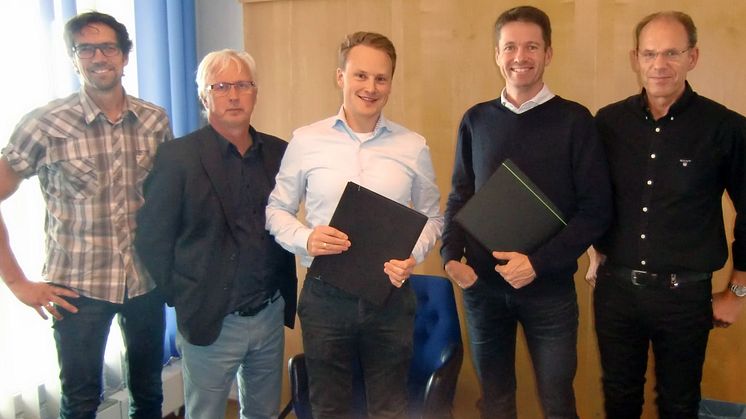
From 2016, Green Cargo and Real Rail Sweden AB have worked in partnership with the transportation of perishable goods and industrial freight on three different routes, between southern and northern Sweden. “We are continuing our partnership with Green Cargo who maintain high quality standards and have structured quality efforts in place,” says Hans Backman, CEO of Real Rail Sweden AB.
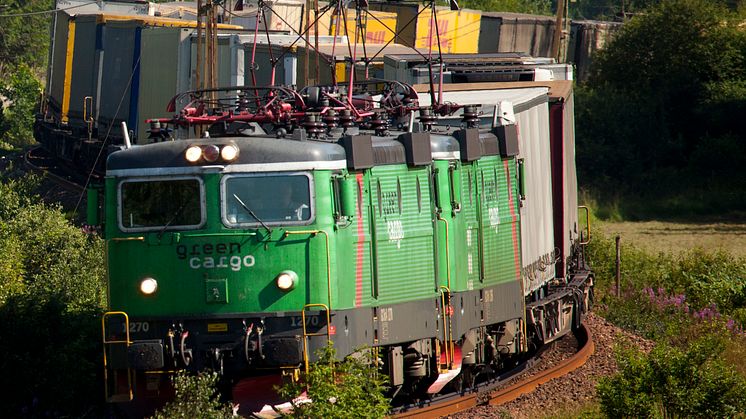
For many years now, Green Cargo and Vossloh Nordic Switch Systems have worked on the transportation of material for switches and complete railway switches. “We aim to increase our internal transportation by rail to 20 percent in 2017 and then gradually increase year by year,” says Janne Nilsson, Transport Manager at Vossloh Nordic Switch Systems.
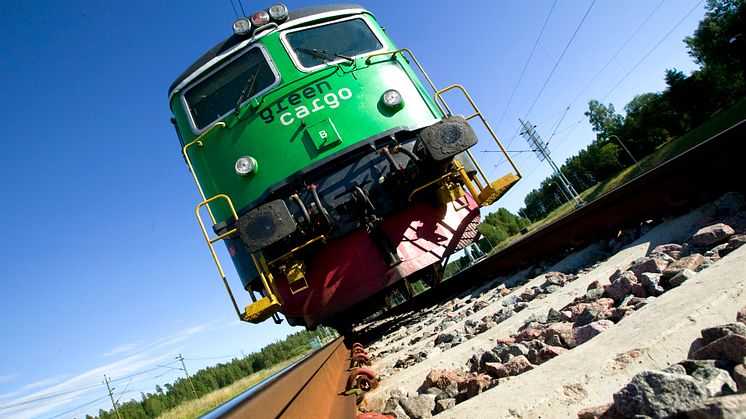
Eight Green Cargo wagons run from Billingsfors to Varberg and Falkenberg each week with roundwood on behalf of Ahlstrom-Munksjö in Billingsfors. The timber’s final destination is the Maa Sawmill near Ullared.
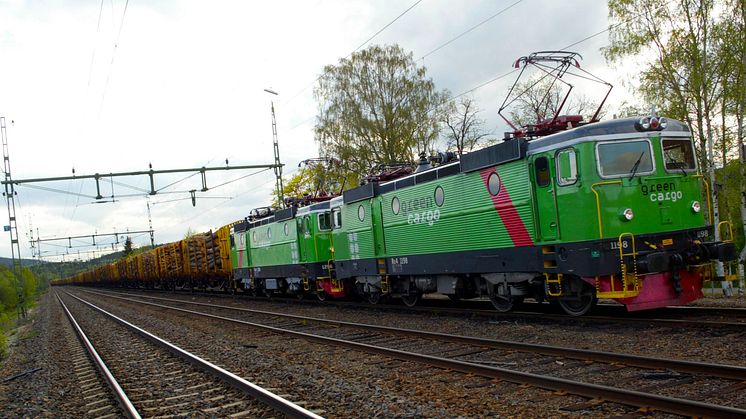
Green Cargo and Ovako have extended the shuttle agreements for Smeboxpendeln and Hälleforspendeln for an additional three years. With five cycles a week throughout the year, steel materials are transported in one direction and scrap in the other for recycling in production.
